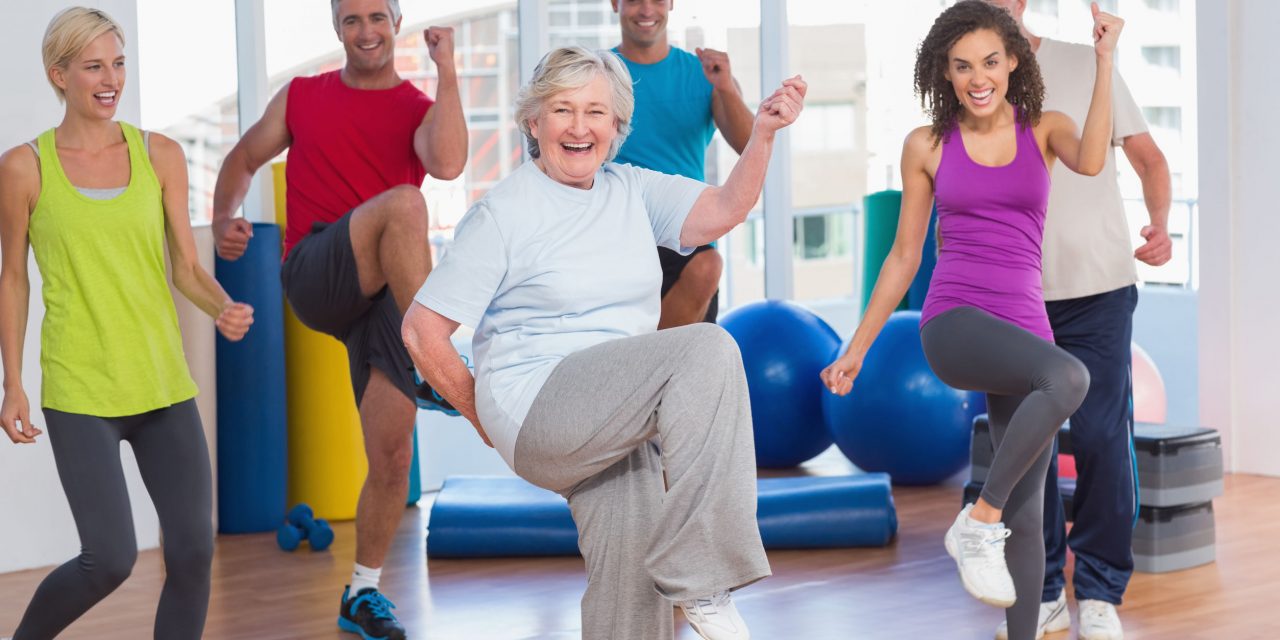By Susan Saldibar
Along with so many things, the pandemic brought a shattering realization that pre-emptive health plays a critical role in our senior living environments. News report after news report drove home a new reality: Those who were physically healthy were better equipped to muscle through COVID than their sedentary counterparts. (Even I started a daily exercise regimen!)
I spoke recently with Mark Scher, co-founder of Spiro100 (a Foresight partner), and his colleague, Lori Snow, VP of Marketing and Strategy about the importance of wellness and fitness programming. Spiro100 provides a robust on-demand and live streaming technology platform with over 120 exercise and meditation classes tailored for older adults led by the nation’s most gifted senior fitness trainers.
Tough Questions That Need to be Asked
Lori and Mark talked about the link between physical wellbeing and immune system health, reminded us, they are interdependent. So much so, that the CDC recommends 150 minutes of moderate exercise per week for seniors to maintain a healthy immune system.
The problem is that so many residents have become deconditioned over the course of the pandemic. So, with that in mind, they have a few questions for you:
- How do you ensure that your residents are participating in at least 150 minutes per week of engaging, results-driven exercise?
- Can you point out the tangible results of that exercise to residents and family members?
- Is your community making wellness a priority?
- Do prospects sense a wellness or healthcare culture when they tour your community? How will they answer the all-important question: “Will I be better off living in your community”?
Great questions. And how you answer could make the difference between success and failure.
How About a 25% Reduction in Falls?
Both Lori and Mark expressed their concern over the noticeable decline in physical conditioning among seniors due to isolation and pandemic-imposed quarantines. Many communities haven’t even offered fitness classes, in some cases, for as long as 15 months!
Why is that? And what will it take to reclaim physical and emotional health for residents? First, fitness has to be a conscious effort. That means expanding class offerings and accessibility to more than just 30 minutes a few times a week.
The most popular Spiro100 program right now, unsurprisingly, is specifically designed for deconditioned seniors. The fact that it’s working can be seen in reports of 25% fewer falls after using Spiro100’s Fall Prevention program for 90 days.
Replace the “Wellness Wheel” with a “Wellness Pyramid”!
![DimensionsOfWellness[01]](https://www.seniorlivingforesight.net/wp-content/uploads/2021/05/DimensionsOfWellness01.jpg)
But to get this right, according to Mark and Lori, communities need to stop looking at fitness and exercise as simply another activity akin to arts and crafts, bingo, and so on. “Fitness needs to be the foundation or base of the programming being offered,” Lori says. “Each level of care should have a choice of 3 fitness options a day, 7 days a week with the goal of reaching every single resident!”
She believes that by building a strong foundation of fitness, the other activities (even day-to-day interactions) will have increased participation and enjoyment. “Very simply, people need to move in order to sleep better, digest, to think clearly and, very importantly, to build strength and balance to reduce falls,” she says. “Movement releases endorphins to help with loneliness, isolation, and boredom and all this leads to a lower cost of care.”
What Tools Are You Giving the Wellness and Activity Teams?
This all makes a lot of sense. But who should be in charge of this transformation?
“We can’t keep putting more programming demands on the backs of direct care staff without providing them with better tools,” Lori says. “It takes tremendous effort to create programming, and using outside resources can get expensive fast,” Lori and Mark tell me. “You can easily spend $100 on a few sessions led by outside trainers,” Mark says. “That covers an entire month of unlimited, 24/7 videos and live streaming classes with Spiro100.”
Technology May Be the Answer
Technology needs to be seriously considered here. It’s hard to ignore the benefits a platform like Spiro100 brings, enabling wellness/activity directors to almost surgically tailor the type and level of exercise to each individual’s needs and abilities.
This frees staff to do what technology cannot. Staff can drive participation; hands-on, encouraging residents by knocking on doors, visiting in the lunchroom, personally inviting residents to join in. Let technology do the routine exercises and free care staff to “care” about each resident becoming involved.
“The CDC recommends 150 minutes per week of moderate exercise for seniors to maintain healthy immunity,” Lori says. “Will communities embrace technology to make this happen? Or will they just revert back?”
For a pandemic-weary senior living staff, reverting back must be tempting. But it may be a dangerous move.
Where Does Wellness Sit Within Your Hierarchy?
Building a wellness culture means giving consideration to the hierarchy for wellness and activities (or leisure services, or life enrichment, or whatever your organization calls the events coordinator at your community). Mark and Lori challenge communities to think about whether activities actually roll up under wellness instead of just a subset of activities.
“44% of residents who move in (IL/AL), make the decision based on a community’s wellness culture,” Mark says. “So, you can talk about how many movies you show, what kind of art programs you have. But the real question is, How vibrant will I be in your community? What is offered to keep me independent?” Can you answer that question?”
You can read more about building a wellness culture here. Or, if you’d like to see it in action, click here for a 15-minute demo.
Click here to read comments and join the conversation about this article.







